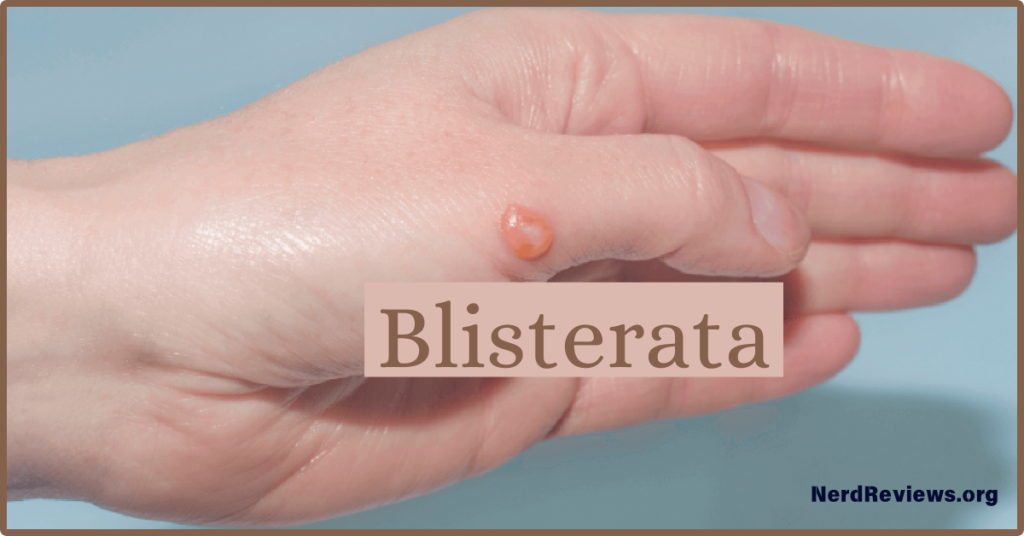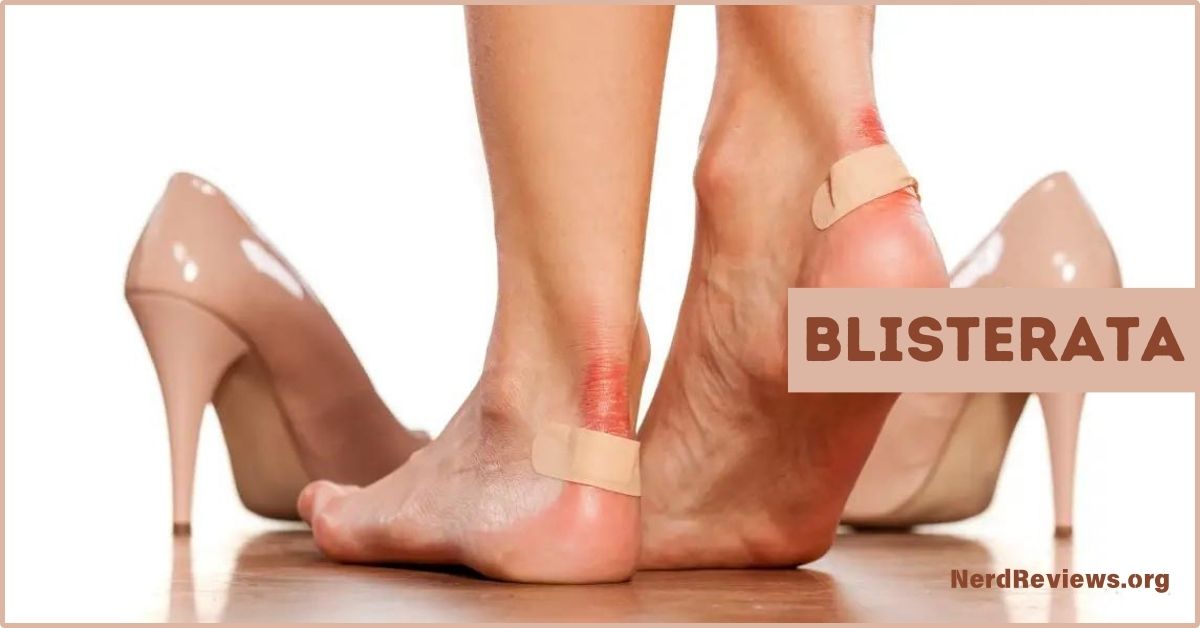A blister is something that may affect everyone, even if the word sounds like something out of a medical textbook. Blisterata, then, is it defined precisely? A blister is a tiny collection of fluid—lymph, serum, plasma, blood, or pus—under the outer layers of skin. It is typically caused by friction, heat, cold, chemicals, or infection, according to the authors of “Biological evaluation of burn blister fluid” (E Uchinum, Y Koganei, N Shioya, and K Yoshizato).
Having a good grasp of Blisterata is essential for everyone involved, including healthcare personnel, caregivers, and individuals who suffer from it.
Types of Blisterata
As a condition, blistering doesn’t have a universal cure. It shows up in different ways, and each of those ways is distinct. Friction blisters, which are caused by constant rubbing or pressure, and sunburn blisters, which are caused by too much exposure to ultraviolet light, are two common forms. Epidermolysis bullosa, a rare genetic ailment that makes skin blister at the slightest contact, is one such condition. Managing and treating Blister effectively begins with identifying the kind.
Causes of Blisterata
Prevention and therapy are both much easier when we know what causes Blister. Naylor outlined causes in “The Skin Surface and Friction” which include environmental variables, including being exposed to extreme temperatures over an extended period of time, can cause blisters. Some people have a hereditary predisposition to blistering, which can make them more susceptible to the condition. Exacerbating the risk are lifestyle factors, such as severe physical activity without appropriate protection or wearing shoes that don’t fit well.
Symptoms of Blisterata
The difference in treatment for Blisterata might be substantial if signs are recognized early. Symptoms like as redness and swelling are common early warning signals. Clear fluid-filled blisters may develop as the illness advances. In more advanced stages, you may experience discomfort, itchiness, and even infection. In the event that blisters do not heal on their own or are associated with fever, it is critical to consult a medical professional.
Diagnosis of Blisterata
A comprehensive physical assessment by a medical practitioner is necessary for the diagnosis of Blister. For the purpose of diagnosing the ailment or its potential causes, diagnostic procedures including blood tests or skin biopsies may be required. Acquiring the expertise of specialists, such as dermatologists, allows for the provision of insightful, case-specific treatment strategies.
Treating Blisterata
The degree and underlying cause of blister rash determine the treatment that is most appropriate. For minor symptoms, you can try using over-the-counter medicines or applying aloe vera, two home remedies. In order to alleviate inflammation and avoid infection, medical treatments may involve the use of topical ointments or prescription drugs. Advanced therapy, such as laser treatments or surgery, can be contemplated for more serious instances.
Preventing Blisterata
Always opt for prevention over cure. Modifying one’s way of life by doing things like employing protective gear when exercising and using shoes designed for specific activities will greatly lessen the likelihood of contracting blisters. Sunscreen and regular moisturizing are two more protective measures that help. By scheduling checkups at regular intervals, you can catch any health problems early and treat them effectively.
Living with Blisterata
Although coping with Blister can be difficult, it is possible with the correct approach. Keeping up with a skincare routine every day and staying away from things that make your disease worse are ways to cope. Online forums and local support groups are great examples of support networks that can offer both emotional and practical assistance. Every day, you have to watch out for things that could irritate your skin and get medical attention if you need to.

Blisterata in Different Age Groups
Blisterata has diverse effects on individuals of various ages. It has the potential to influence kids’ and teens’ social lives and physical activity levels. It can be difficult for adults to juggle treatment with other commitments, such as work and family. Because Blister can exacerbate preexisting conditions, it necessitates more stringent medical attention for the aged. In order to provide therapy and assistance that is suitable for each age group, it is essential to understand these variances.
Blisterata and Diet
Managing Blisterata is greatly influenced by one’s diet. You should stay away from meals like processed snacks and spicy foods because they can bring on flare-ups. The skin benefits from vitamin and antioxidant-rich diets, such as fruits and vegetables. You can also find relief from your symptoms by taking nutritional supplements like omega-3 fatty acids and vitamin D.
Blisterata in Different Climates
The severity of blister rash might be affected by weather circumstances. When the weather drops below freezing, the skin might become more parched and prone to blisters and cracks. The issue can be worsened by hot weather, which causes perspiration and friction. Infections could be more likely to spread in humid environments. The key to effective management is tailoring skincare regimens to various climates.
Blisterata and Exercise
Regular exercise is essential for good health in general, but those with Blister should exercise with caution. Less friction means less chance of blisters whether you swim or do yoga, two safe exercises. Proceed with caution when engaging in high-impact sports like running or weightlifting. Restoring strength and mobility through physical therapy can help alleviate skin irritation.
Conclusion
Blisterata is a complex illness that calls for an all-encompassing strategy to treat. Knowledge is power, and it starts with knowing the many kinds and what causes them. Then, you may look into treatment choices and ways to prevent it. Caring for one’s mental health and adjusting one’s way of life are just as important as managing one’s physical symptoms when living with Blister. Blisterata can be better navigated by people who are well-informed and who take the initiative.
For More Updates
FAQs
What is the primary cause of Blisterata?
Blisterata can be caused by a variety of factors, including environmental conditions, genetic predispositions, and lifestyle influences.
Can Blisterata be cured completely?
While some forms of Blisterata can be managed effectively, complete cure depends on the underlying cause and severity of the condition.
Is Blisterata contagious?
Most types of Blisterata are not contagious.
How can I prevent Blisterata flare-ups?
Preventing flare-ups involves lifestyle changes, such as wearing appropriate footwear, using protective measures, and avoiding known triggers.
Are there any new treatments for Blisterata?
Yes, ongoing research is leading to new treatments, including advanced therapies and personalized medicine approaches.

